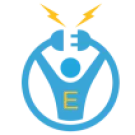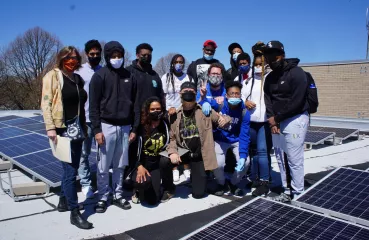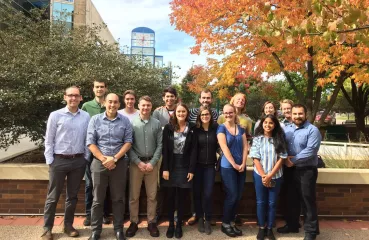Now that we've released the first iteration of the framework, we are focused on working with groups that have an interest in using it as part of their energy equity campaigns, decision- and rule-making, and prioritizing clean energy investments.
It's intended for a wide array of audiences — people who are curious about how the data compares to their lived experiences with the energy system, community organizations looking to leverage metrics to hold utilities accountable, regulators and policy-makers seeking to adopt energy equity metrics to define environmental justice communities and ensure the Justice40 mandate is met, to name a few.




